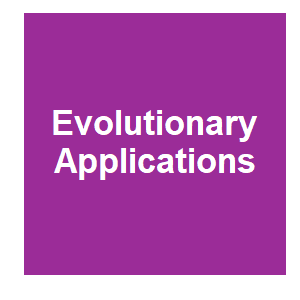Population genomics of invasive rodents on islands: Genetic consequences of colonization and prospects for localized synthetic gene drive

|
K. P. Oh, A. B. Shiels, L. Shiels, D. V. Blondel, K. J. Campbell, J. R. Saah, A. L. Lloyd, P. Q. Thomas, F. Gould, Z. Abdo, J. R. Godwin and A. J. Piaggio,
Evolutionary Applications,
2021.

Introduced rodent populations pose significant threats worldwide, with particularly severe impacts on islands. Advancements in genome editing have motivated interest in synthetic gene drives that could potentially provide efficient and localized suppression of invasive rodent populations. Application of such technologies will require rigorous population genomic surveys to evaluate population connectivity, taxonomic identification, and to inform design of gene drive localization mechanisms. One proposed approach leverages the predicted shifts in genetic variation that accompany island colonization, wherein founder effects, genetic drift, and island-specific selection are expected to result in locally fixed alleles (LFA) that are variable in neighboring nontarget populations. Engineering of guide RNAs that target LFA may thus yield gene drives that spread within invasive island populations, but would have limited impacts on nontarget populations in the event of an escape. Here we used pooled whole-genome sequencing of invasive mouse (Mus musculus) populations on four islands along with paired putative source populations to test genetic predictions of island colonization and characterize locally fixed Cas9 genomic targets. Patterns of variation across the genome reflected marked reductions in allelic diversity in island populations and moderate to high degrees of differentiation from nearby source populations despite relatively recent colonization. Locally fixed Cas9 sites in female fertility genes were observed in all island populations, including a small number with multiplexing potential. In practice, rigorous sampling of presumptive LFA will be essential to fully assess risk of resistance alleles. These results should serve to guide development of improved, spatially limited gene drive design in future applications. More related to this: Locally Fixed Alleles: A method to localize gene drive to island populations Sustainability as a framework for considering gene drive mice for invasive rodent eradication Developing gene drive technologies to eradicate invasive rodents from islands Rodent gene drives for conservation: opportunities and data needs
|



